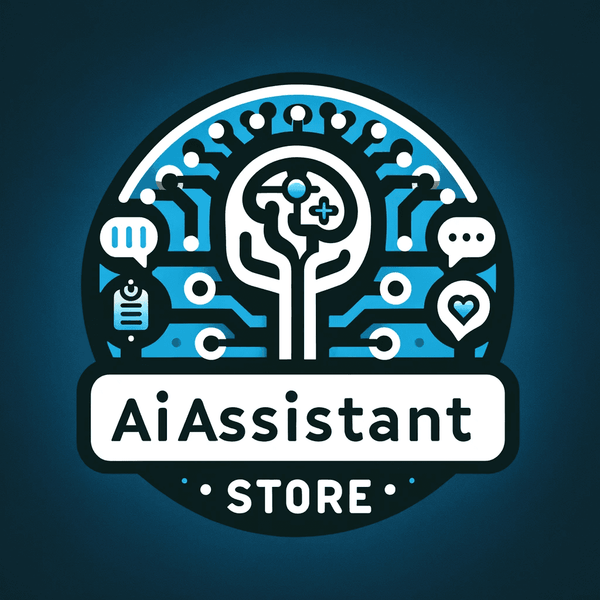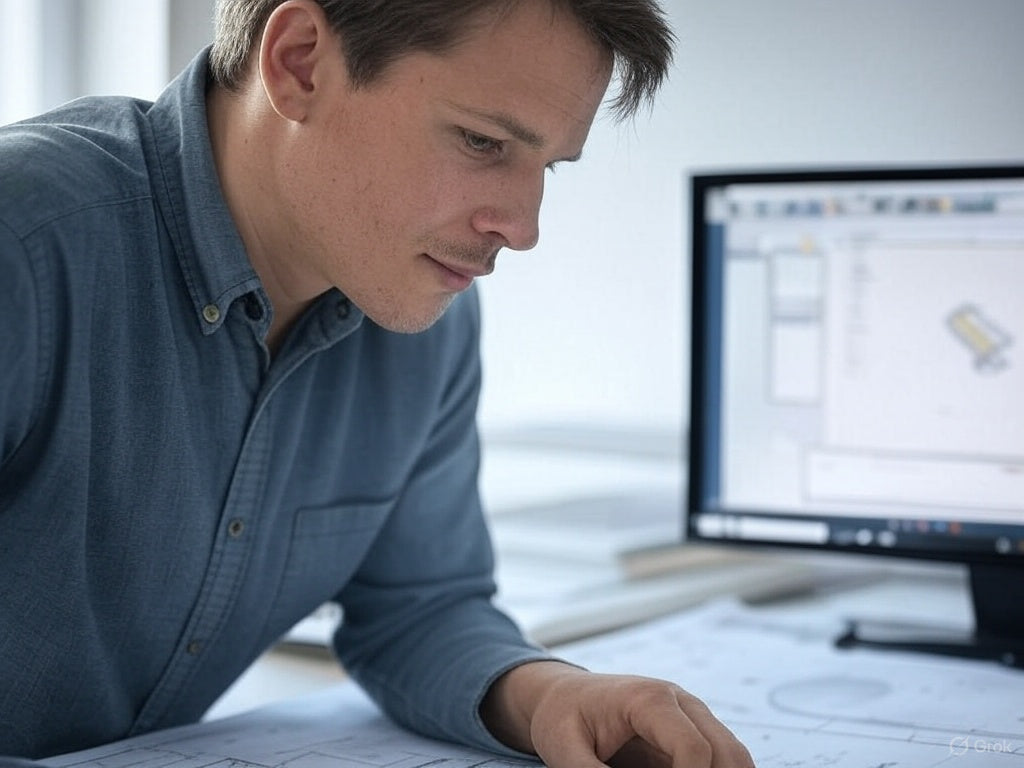In this article, we’ll explore the top AI tools for engineers, covering their key features, benefits, and how they fit into modern engineering workflows.
Articles you may like to read after this one:
🔗 Engineering Applications of Artificial Intelligence – Transforming Industries – Explore how AI is reshaping engineering disciplines from design to automation.
🔗 AI Tools for Architects – Transforming Design Efficiency – The best AI-powered platforms to enhance productivity and creativity in architecture.
🔗 Best AI Architecture Tools – Design & Construction – A deep dive into the top tools streamlining architectural workflows and building smarter.
🔹 Why AI is Essential for Engineers
AI-driven tools are reshaping engineering by automating repetitive tasks, reducing errors, and offering predictive insights. Here’s why every engineer should leverage AI:
✅ Enhanced Productivity – Automates calculations, designs, and simulations, saving time.
✅ Reduced Errors – AI-powered quality checks minimize costly mistakes.
✅ Optimized Design & Analysis – AI improves design accuracy and performance predictions.
✅ Faster Problem-Solving – Machine learning algorithms provide rapid solutions.
✅ Better Collaboration – Cloud-based AI tools enable seamless teamwork.
🔹 Best AI Tools for Engineers
1️⃣ Autodesk AI (Fusion 360 & AutoCAD AI)
🔹 Best for: Mechanical, civil, and electrical engineers.
🔹 Features:
- AI-assisted design automation in Fusion 360.
- AutoCAD AI predicts errors and optimizes blueprints.
- AI-driven generative design suggests optimal configurations.
🔹 Benefits:
✅ Reduces design errors.
✅ Speeds up product development.
✅ Optimizes structural integrity and cost efficiency.
2️⃣ SolidWorks AI (Dassault Systèmes)
🔹 Best for: Product design & mechanical engineering.
🔹 Features:
- AI-powered design validation and real-time simulation.
- Predictive maintenance insights for manufacturing.
- Automates complex modeling processes.
🔹 Benefits:
✅ Reduces prototype failures.
✅ Speeds up the product design lifecycle.
✅ Enhances collaboration through AI-driven cloud workflows.
3️⃣ TensorFlow & PyTorch (AI for Engineers & Data Science)
🔹 Best for: Engineers working in AI, machine learning, and automation.
🔹 Features:
- Deep learning and AI modeling capabilities.
- Optimized for engineering simulations & predictive analytics.
- Compatible with robotics, IoT, and automation projects.
🔹 Benefits:
✅ Enables engineers to build custom AI solutions.
✅ Supports automation in manufacturing & quality control.
✅ Ideal for engineering research & AI-driven simulations.
🔗 Explore TensorFlow | Explore PyTorch
4️⃣ MATLAB AI & Simulink
🔹 Best for: Electrical, mechanical, and civil engineers working with data modeling & simulations.
🔹 Features:
- AI-powered data analysis & predictive modeling.
- Machine learning automates engineering simulations.
- AI optimizes control systems for robotics & automation.
🔹 Benefits:
✅ Faster design iteration with AI-driven optimizations.
✅ Reduces computational errors in engineering simulations.
✅ AI-powered fault detection in industrial systems.
5️⃣ AI-powered Computational Fluid Dynamics (CFD) – Ansys AI
🔹 Best for: Aerospace, automotive, and mechanical engineers.
🔹 Features:
- AI-driven fluid simulation for optimized aerodynamics.
- Machine learning predicts failure points in designs.
- Automated computational fluid dynamics (CFD) simulations.
🔹 Benefits:
✅ Reduces manual effort in simulation setup.
✅ Enhances fuel efficiency & aerodynamics in vehicles & aircraft.
✅ Saves computational costs & time with AI-driven predictions.
🔹 How AI is Reshaping Engineering Sectors
Here’s how AI is transforming different engineering fields:
✔ Mechanical Engineering – AI optimizes design, simulation, and predictive maintenance.
✔ Civil Engineering – AI assists in structural analysis, project management, and risk assessment.
✔ Electrical Engineering – AI improves circuit design, fault detection, and automation.
✔ Software Engineering – AI speeds up debugging, code completion, and testing.
✔ Aerospace & Automotive – AI enhances CFD simulations, material design, and manufacturing automation.

